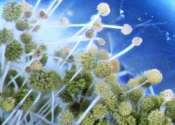Silent species face extinction: Study highlights bias in conservation research
A new study warns bias towards popular animals in conservation research might see some important, but less spectacular, species suffer "silent extinctions" as their plight goes unrecognized.









